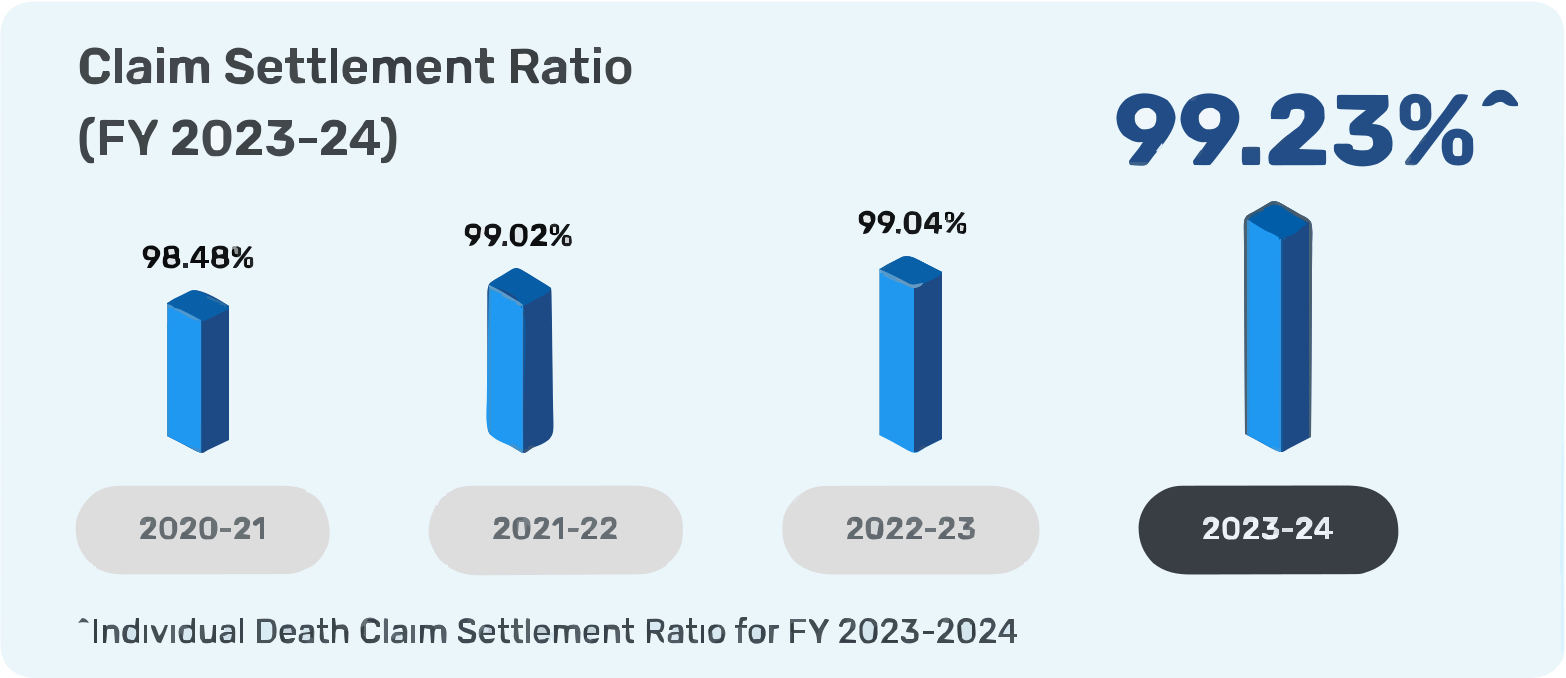There are two main types of life insurance savings plans. They are as follows –
A. Endowment plans:
Endowment plans are those which provide insurance coverage during the policy tenure and a maturity benefit if the life assured survives the policy tenure. These plans can be offered as participating or non-participating plans. While participating plans are those that earn bonuses, non-participating plans don’t.
Endowment plans can offer a lump sum benefit on maturity or premature demise. Alternatively, there are plans which offer the benefits in the form of monthly incomes which create a regular income inflow.
B. Money back plans:
Money-back plans are those that offer survival benefits during the policy tenure. The survival benefits are paid at predefined intervals and provide liquidity to the policyholder.
For instance, say you buy a money-back policy which offers survival benefits after every 5 years. So, in a 20-year plan, you will get a lump sum benefit in the 5th, 10th and 15th policy years. On maturity, the remaining benefit is paid while in the case of premature demise, the full death benefit is paid irrespective of any money-back benefits already paid.
Besides life insurance savings plans, there are other types of savings plans that are available in the market. Some of these include the following –
1. Public Provident Fund (PPF)
PPF is a government-backed small saving scheme which offers guaranteed returns and long-term investment.
Tax aspect – The investment made into PPF qualifies for deduction under Section 80C. The interest earned and the maturity proceeds are also tax-free4.
2. National Savings Certificate (NSC)
The NSC is a fixed-income saving scheme available for investment from the post office
Tax aspect – The investment made and interest earned in the first four years (which are reinvested) is allowed as a deduction under Section 80C. The interest earned in the fifth year is taxed at your income tax slab rates5.
3. Kisan Vikas Patra (KVP)
Another small-saving KVP gives guaranteed returns on investments and has a tenure of 9.5 years.
Tax aspect – Investments made are eligible for deduction under Section 80C6. However, the interest earned is taxable in your hands at your income tax slab rates6.
4. Sukanya Samriddhi Yojana (SSY)
This is a saving scheme for the benefit of the girl child which was launched by the government.
Tax aspect – The investment is eligible for deduction under Section 80C. The interest earned and the maturity benefit paid are also tax-free7.
5. Employee Provident Fund (EPF)
The EPF scheme is available to salaried employees of eligible organisations and it helps them save for retirement.
Tax aspect – Investments are allowed as a deduction under Section 80C up to Rs.1.5 lakhs subject to specific limits8. The interest earned is also tax-free subject to specific conditions8.
6. Fixed Deposits (FD)
Fixed deposits involve saving a lump sum amount for a fixed time and at a fixed interest rate.
Tax aspect – Investment into 5-year deposits qualify for tax deduction under Section 80C up to Rs.1.5 lakhs9. Interest earned is taxable in your hands if you are below 60. Senior citizens can enjoy tax benefits on the interest earned up to Rs.50,000 under Section 80TTB10.
7. National Pension System (NPS)
The NPS scheme is a market-linked scheme aimed at creating a corpus for retirement.
Tax aspect – Investments into the NPS scheme are allowed as a deduction under Section 80CCD (1) up to Rs.1.5 lakhs11. Additional deduction on investment is also allowed under Section 80CCD (1B) 11. On maturity, 60% of the commuted corpus is tax-free while the annuity payouts are taxed at your slab rates11.
Note: that above deduction under Section 80C are available only under old tax regime.

































 An ISO 9001:2015
An ISO 9001:2015 

